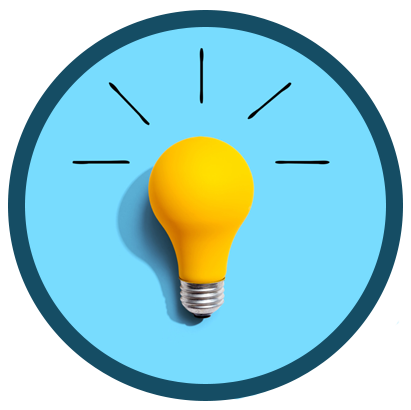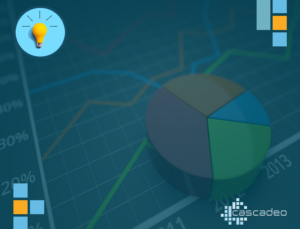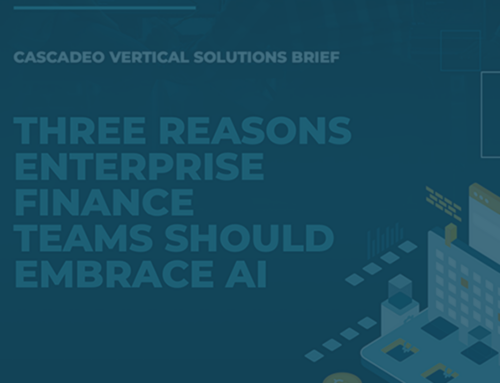
A well-made BI and DA program is flexible, customized, and prepared to both enhance an enterprise’s current successes and provide the deep knowledge necessary to enable future advancements with ease and confidence.
How Will I Know? Data Analytics, Business Intelligence, & You
Data Analytics and Business Intelligence share a significant amount of DNA. Both prize deep knowledge and informed observation as essential tools. Both recognize the value of patterns in data. Both begin by gathering a wealth of data in strategic, actionable frameworks, and organizing that data in scalable columns that lend themselves to extraction and reporting in a variety of formats and focus areas.

Business Intelligence and Data Analytics begin to part ways when that DNA is activated. Both employ descriptive analysis—the process of using data to understand what’s already happening and learn from existing patterns—and, to some extent, prescriptive analytics—using data to create forecasts. But Business Intelligence focuses on how leaders use the data they have available. In an organization’s body, this is the muscle: Business Intelligence functions create or provide visualizations of history, patterns, and in some cases, predictions based on knowledge collected, stored, and organized by a solid data analytics foundation. BI works by using data in support of informed, predictable, desirable outcomes.
Just as you prepare your body in particular ways for particular activities—a runner trains differently than a baseball player—business intelligence programs are best implemented with users’ needs and goals in mind. What types of knowledge would best support future decision making? What insights from raw data will allow a clear, repeatable cycle for long-term strategic planning, short-term action, and everything in between? What is it you’d most like to know about your customer experiences and the behavior patterns of your future customers? Building a business intelligence program that strengthens your operations is like building the right muscles for the job. Without those insights, organizations may be overwhelmed by the enormity of data available; but with thoughtful planning, your visualization, description, and prescription processes can be lean and effective.
Data Analytics both undergirds and transcends Business Intelligence: the brain and nervous system of this corporeal model. A good Data Analytics program is stocked with more information about your stakeholders’ behaviors, interactions, and needs than any human brain could ever make sense of. Just as you take in millions of sensory stimuli every day, your data analytics system gathers, stores, and organizes millions of impressions, behaviors, and patterns from stakeholders throughout an organization’s operations and periphery. Engaging with all this data directly feels like sensory overload. Data analytics manages all that sensory input so that you can respond to what your organizational body knows with calm, strategic action instead of overwhelm and panic.
Data analytics also moves beyond answering known questions and solving recognizable problems to predict future patterns and predicaments. Just as your brain’s neuroplasticity allows it to grow new neurons to adapt to new stimuli, data analytics responds to changes in data patterns moving beyond description into diagnostic (the why), predictive (the forecast), and prescriptive modeling, engaging the complex expertise of data science to convert what is known into usable, tested projections of what can be known, far into an enterprise’s future, creating stability and laying the groundwork for business intelligence programs to visualize and strategize in the short and long term.
A well-made BI and DA program is flexible, customized, and prepared to both enhance an enterprise’s current successes and provide the deep knowledge necessary to enable future advancements with ease and confidence, the way a well-trained athlete is carried through competition by muscle memory to outcomes better than any they may have imagined: the batter whose swing is so finely honed by practice, observation, and great coaching that a home run hit off a searing fastball is just another moment of another great day at the ballpark.




